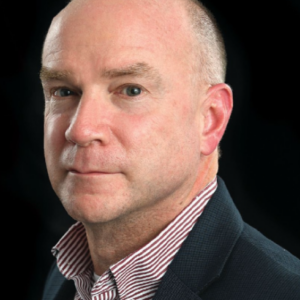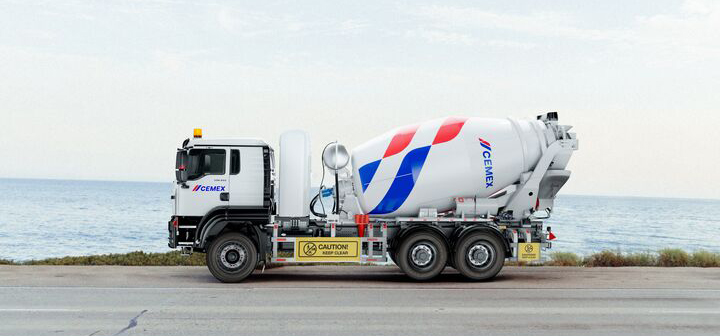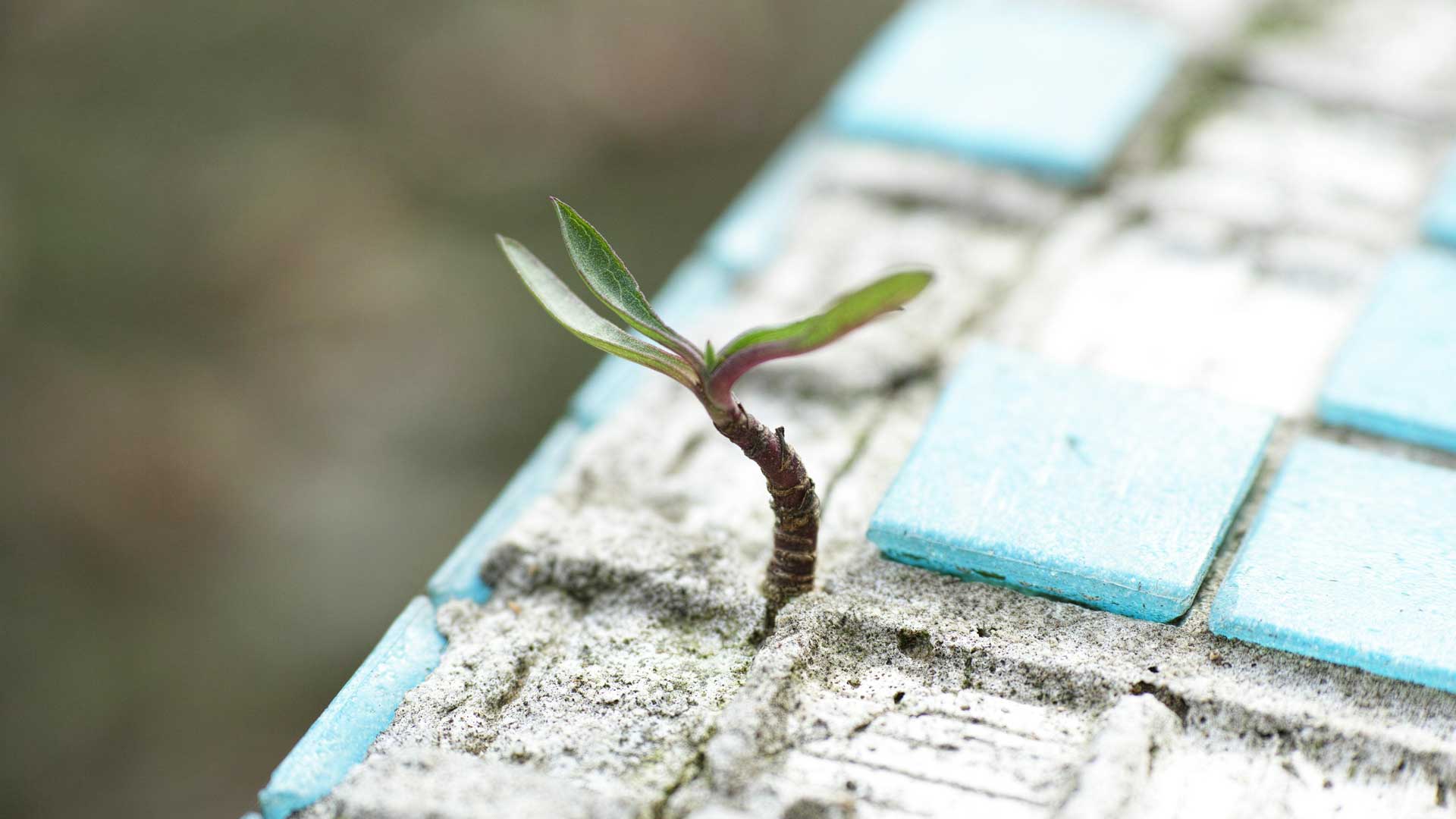
LES WHITE
INFRASTRUCTURE & SUSTAINABILITY ENGINEER
CEMEX
Les White, infrastructure and sustainability engineer at Cemex, has more than 30 years of experience working in site development, with a specific focus on cement-based paving solutions for the last decade.
White will be joining a panel of other sustainability-minded experts at BuiltWorlds’ upcoming Buildings Conference in New York, May 22-23, to discuss the planning, design and construction of net-zero carbon projects, as well as alternative material choices aimed at reducing embodied carbon.
In advance of the event, BuiltWorlds asked White about Cemex’s environmental approach.
Questions and answers below edited for clarity and brevity.
1. How do sustainability and/or net-zero initiatives impact your organization?

Climate change has been a priority for Cemex for many years and we have been working to maximize all the technical levers currently available in the cement production process: investing in energy efficiency, use of alternative fuels, expanding our use of renewable energy and increasing clinker substitution through alternative cementitious materials.
Cemex Future in Action focuses on achieving sustainable excellence through climate action, circularity, and natural resource management with the primary objective of becoming a net-zero CO2 company. Through these efforts we have achieved a significant reduction of more than 22% in our net specific CO2 emissions compared to our 1990 baseline. In 2018 we announced our commitment to reduce 30% of our CO2 net emissions by 2030, and we are now committing to a more ambitious intermediate target of reducing 35% of our CO2 net emissions by 2030.
Cement is the basic ingredient of concrete, our end product, that is the second most widely used material in the world after water. There are no substitutes for the key attributes of concrete: strength and resilience. As a result, we believe concrete has a critical role to play in the transition to a low-carbon economy. We have established an ambitious strategy to address climate change, which includes delivering a net-zero CO2 concrete by 2050, which will contribute to the development of climate-smart urban projects, sustainable buildings and climate-resilient infrastructures.
2. How does this impact your day-to-day role?
One of the pillars of Cemex Future in Action initiative is providing sustainable products and solutions. In my day-to-day role I have the opportunity to participate in the development of sustainable products, introduce engineers, architects, and other specifiers to these products, and educate them on how to implement Cemex sustainable products on various projects as sustainable solutions.
3. Where do you see the most opportunity relative to sustainability in the built environment?

Opportunities for concrete in the built environment start with lower carbon products and expand to other sustainable attributes of concrete. Those additional attributes include energy efficiency, water conservation and use of recycled materials,, which are all part of Cemex Vertua family of sustainable products and solutions.
Many inherent properties of concrete are included in the sustainable attributes mentioned above. These include durability, long lasting performance, energy and thermal efficiency, fire resistance and other resilient properties, etc., making concrete a highly sustainable material because of its low operational GWP.
More resilient structures and roads play a critical role in withstanding and recovering from natural disasters like hurricanes and floods. Resilient structures have significantly lower risk of major repairs or total reconstruction. Resilient roads provide access to impacted areas immediately after, or during, a natural disaster.
According to research, while concrete buildings can have high embodied CO2, they also have the lowest and the key is moving the highest embodied concrete buildings into a “best of class” category which will have a significant impact and offer a solution with low embodied carbon and reduced operational emissions. Designing our projects from the bottom up provides the opportunity to take advantage of the low operational GWP while also working to lower the embodied CO2.
4. What is a challenge that you feel is facing the built environment today when it comes to net-zero building?
One challenge facing the built environment relative to net zero building is focusing on the overall project rather than individual components. Net Zero implies there will likely be some pluses and minuses as projects are developed. A cradle-to-grave look at the project through a whole building life cycle assessment, including use-phase and end-of-life emissions will open up the potential for an effective net zero result. Focusing too much on the near-term construction aspects and less on the other emissions only gives a partial answer.
This involves approaching GWP targets using an overall “project budget” rather than using “mix by mix” or “product by product” targets. Due to project and performance requirements, implementing lower carbon concrete to meet individual GWP targets will be more difficult for some elements and easier for others. Approaching CO2 reduction on the overall project level, such as with a weighted, project-wide GWP target, gives individual producers the flexibility to develop concrete mixes that best fit their market and operations, meet project performance requirements, and offer opportunities to lower project costs while reducing CO2 emissions.
Want to Learn More About New and Advanced Building Materials?
Join us May 22-23 in New York City for our Buildings Conference and hear from Les & others about where sustainable building practices are headed.
